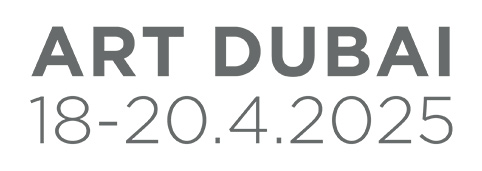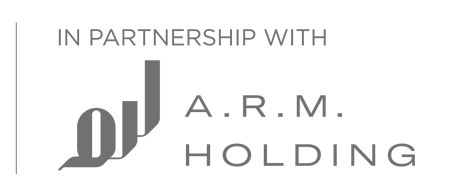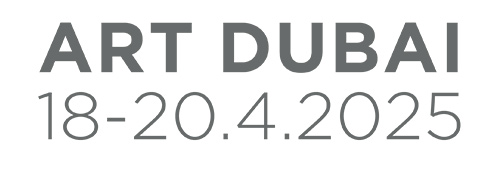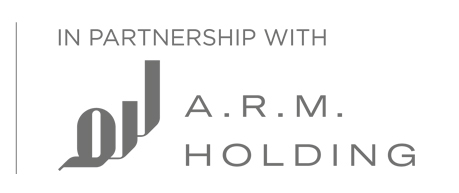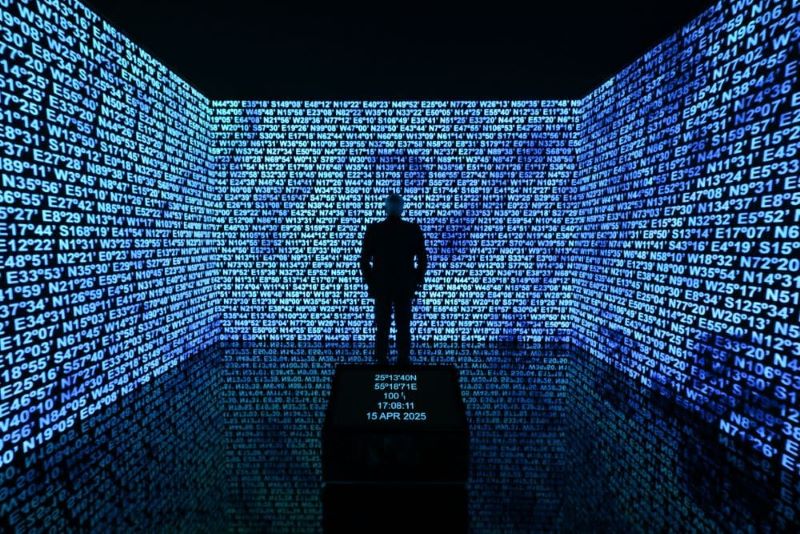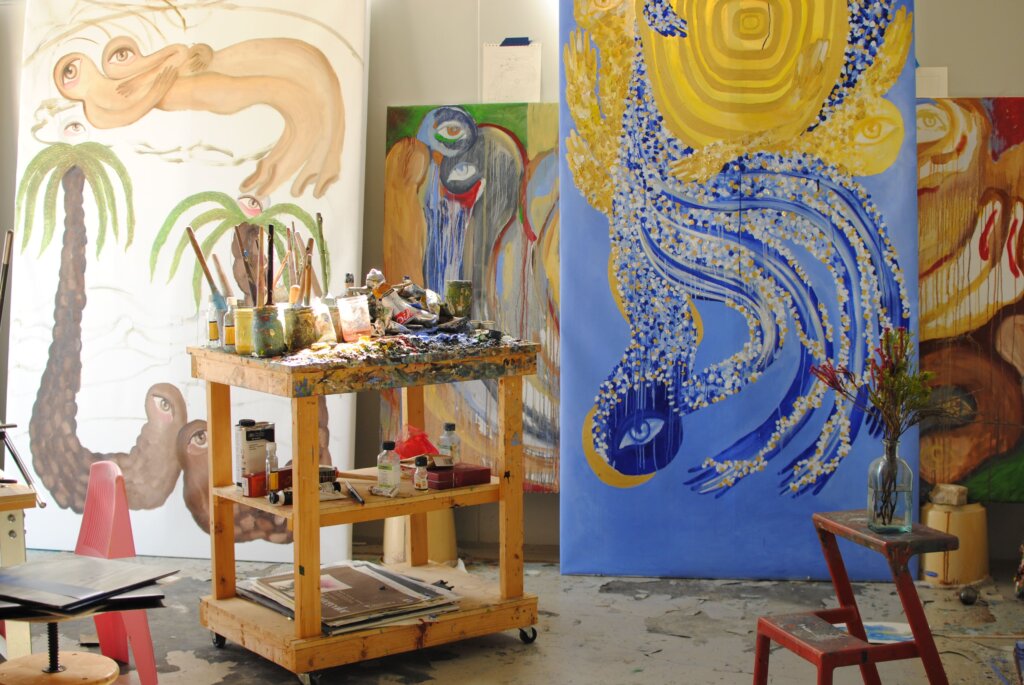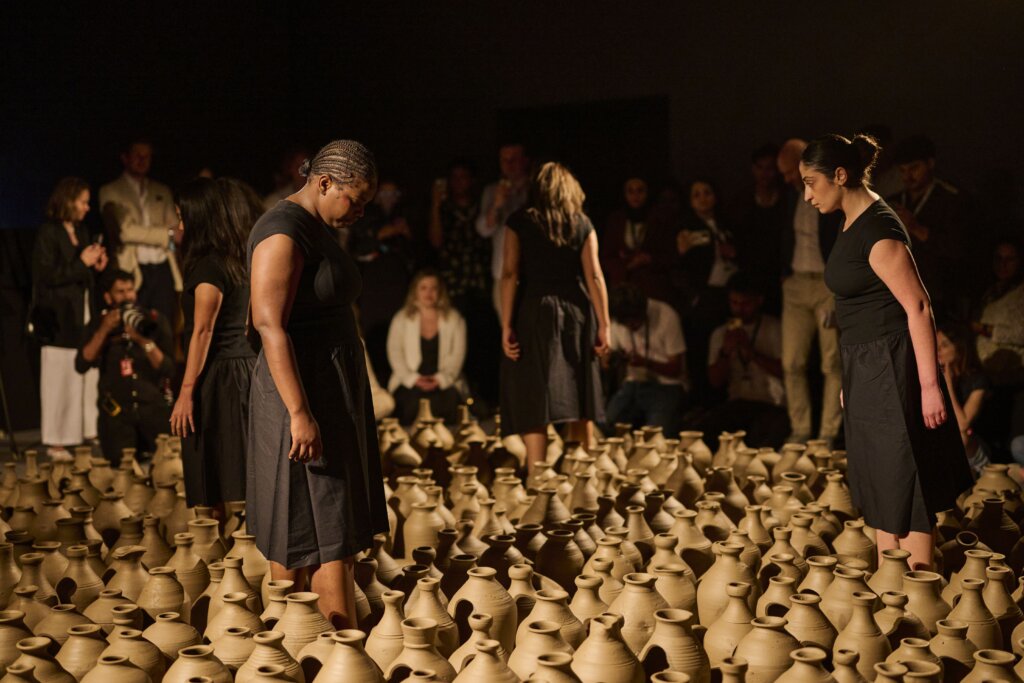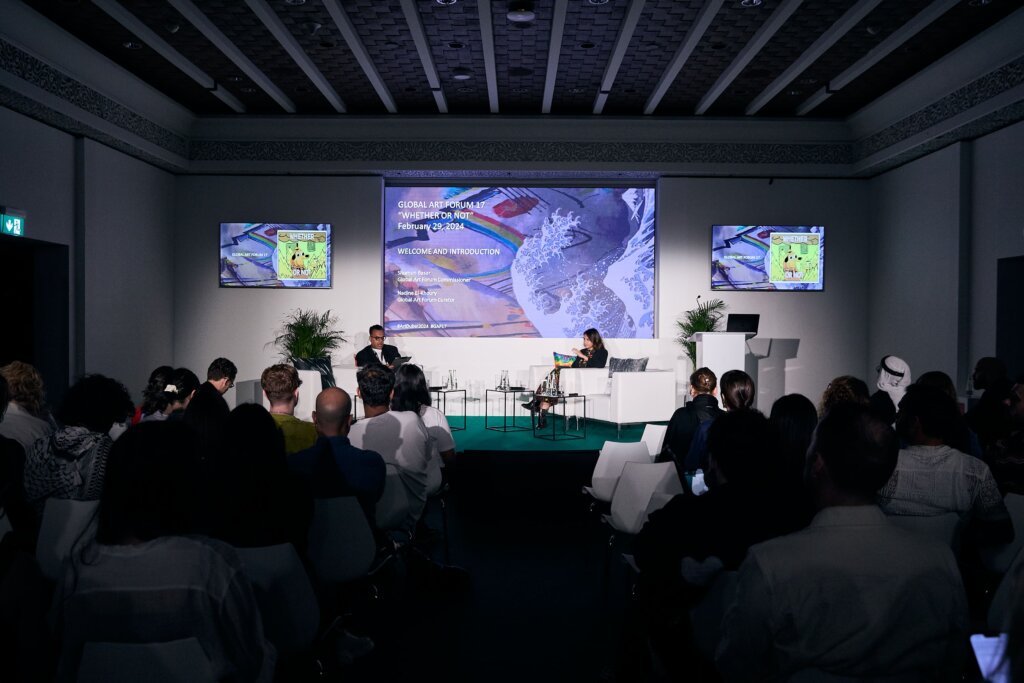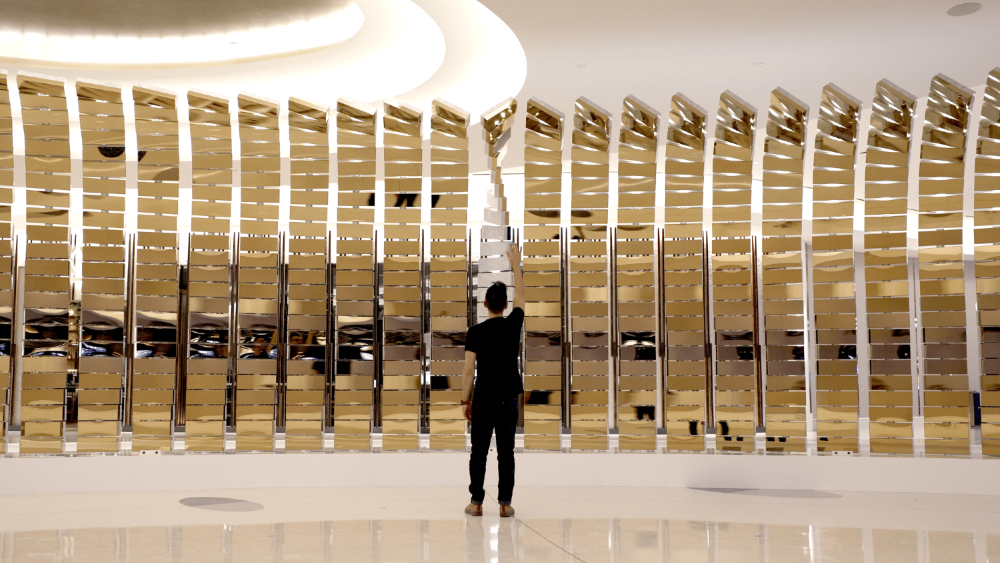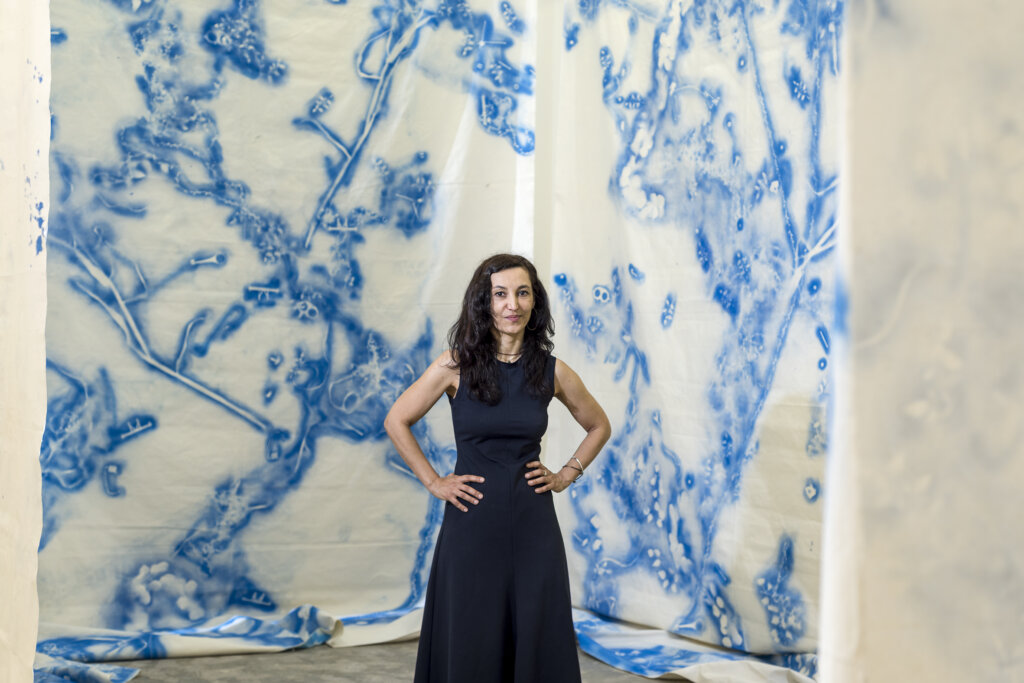At Art Dubai 2025, Emirati artist Mohammed Kazem unveils Directions (Merging)—a new digital installation commissioned by Swiss wealth manager Julius Baer and lead partner of Art Dubai.
Inspired by an interest in how geography and navigation shape human experiences, Mohammed incorporates coordinates and animations of waves into the work, challenging the notion of fixed borders and encouraging viewers to reflect on Dubai’s interconnected landscape.
Can you tell us about the coordinates that feature in the work? How did you collect them?
Directions (Merging) is an evolution of my long-standing Directions series, first initiated in 1999. I began collecting GPS coordinates then as a way to mark my experiences and interactions with different places. The coordinates became the material for me and, depending on the project, I can give them multiple meanings. In this project, the coordinates used are collected from ocean waves. However, it’s not easy to collect the coordinates of waves; we have to freeze them somewhere and so I often photograph the waves to freeze the shape, in order to then add the GPS points.
Capturing coordinates of waves challenges the notion of fixed borders. How does the work expand this feeling of transience?
Waves arrive from unknown places, erasing that location and then taking it back to another unknown location again. Waves cross borders in that sense, they are merging into each other with infinite movement. You don’t know where the waves come from or where they go, but they connect the locations.
For Directions (Merging) I’m placing one coordinate, the GPS location of Dubai, at the centre of the room at the Julius Baer Lounge in Art Dubai. This is combined with coordinates of capital cities and countries all over the world. The space then becomes a meeting point, where people from different places come together to see the artwork and, I hope, are encouraged to reflect on their own positions in this interconnected landscape.
How does using digital technologies complement your broader artistic approach?
It’s important for artists to have the freedom to use any materials, each material has a beauty. In 1984, I started off as a painter influenced by Western paintings, especially Post-Impressionism and Cubism. Naturally I changed my practice by experimenting in different materials, including photography, light-based work, and performance work. I then transitioned into the digital realm, working with screens and video art, as in Directions (Merging), which gave me an even greater sense of movement.
In the work, you’ll see the animation of the waves moving through the coordinates, merging them together in real time, in a way that traditional static works cannot fully convey. This creates a feeling of fluidity that naturally resonates with the interconnectedness of the city of Dubai.
How has collaborating with Julius Baer on this new work developed the concept?
Each iteration of my Directions series takes on new forms, often adapting based on the way in which I interact with the city in which I’m working. In previous versions of these works, I have physically marked and documented the coordinates but, for this new work, I was excited to work with Julius Baer to create a more dynamic evolution of this work for Art Dubai, incorporating animation as a key medium. The piece will transform how audiences engage with the work, creating a more interactive and immersive space, and enriching a feeling of transience and impermanence.
Presenting a vision where physical boundaries dissolve, Directions (Merging) aligns with Julius Baer’s ‘Future Cities’ next-generation theme, which examines how cities have enormous growth potential as places where progress is fuelled by the convergence of diverse populations. I have enjoyed collaborating with Julius Baer on this project, it’s an honour to be part of it.
Dubai is open to change, open to new ideas, and always moving forward, just like Julius Baer’s vision for the future.
Directions (Merging) is on display at Art Dubai until Sunday, 20 April at Madinat Jumeirah.
